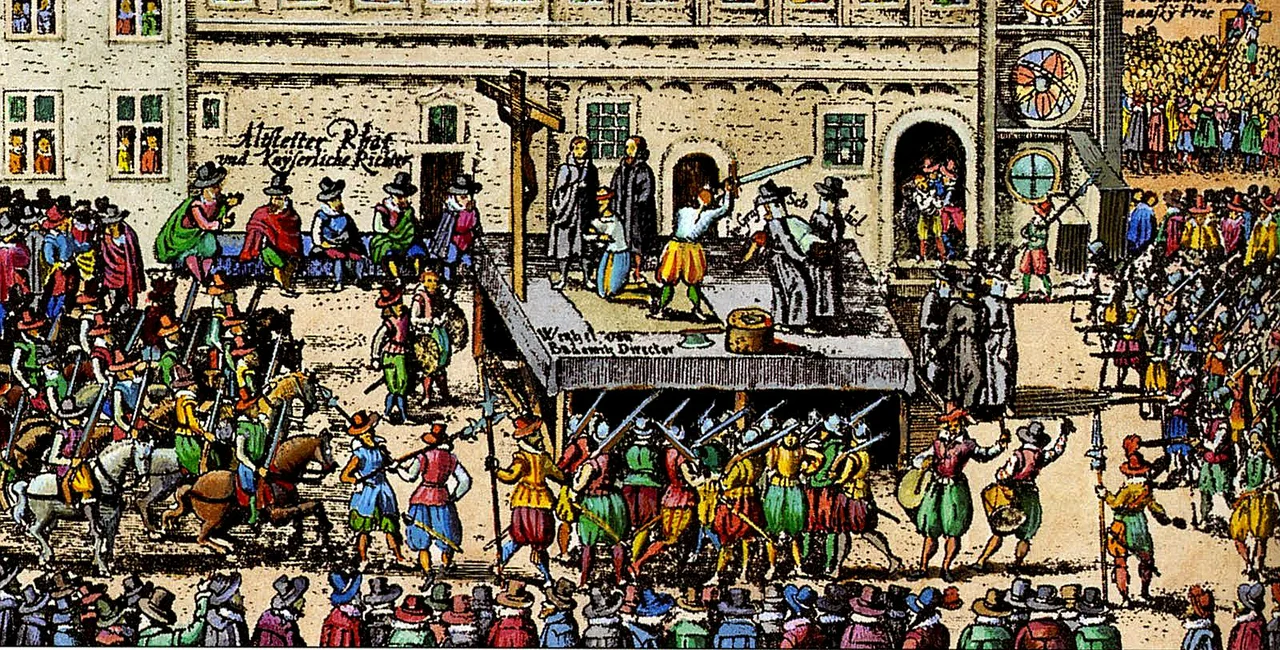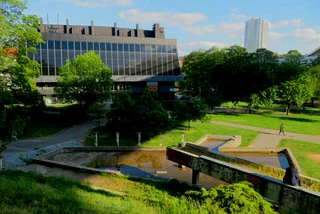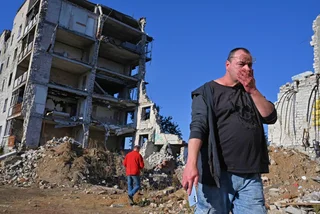One of the darkest incidents in Czech history took place 400 years ago on June 21, 1621, when 27 people who opposed the Habsburgs were executed in Old Town Square. White crosses in the dark gray pavement and a plaque with the victim’s names on the side of the Astronomical Clock tower mark the spot.
The victims had been connected to the Protestant uprising of the Bohemian Estates (České stavovské povstání) against the Catholic Habsburgs. They are usually described as 27 noblemen, but were actually three noblemen, seven knights, and 17 burghers. Two were of German origin, not Czech.
The executions began at 5 am and lasted to 10 am. Thousands of people reportedly turned up to watch, and were kept separate from the execution podium by troops under the command of Albrecht von Wallenstein.
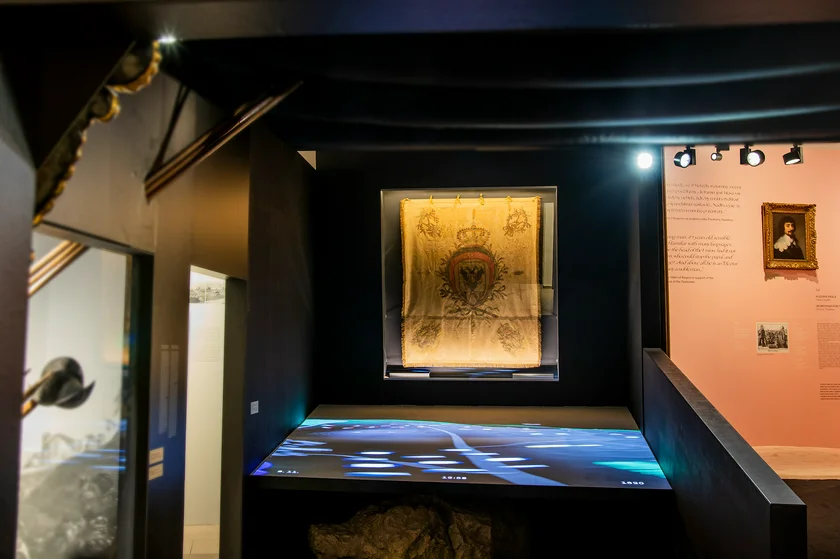
The uprising began in 1618 and ended when the Bohemian forces were defeated at the Battle of White Mountain (Bilá Hora) on Nov. 8, 1620, at the beginning of the Thirty Years’ War.
In connection with the anniversary of the executions, the New Building of the National Museum is displaying a restored banner, featuring the Habsburg coat of arms, that was present at the Battle of White Mountain. The banner is part of the ongoing exhibition 1620: Road to the Mountain, which runs until Sept. 30, 2021.
The banner has become an important object in the Church of Our Lady of Victory in Rome, which also has a ceiling fresco and other depictions of the Battle of White Mountain, with the Protestant forces depicted as devils. The National Museum will be exhibiting it for the first time, in cooperation with Italian partners.
Chronicler Mikuláš Dačický z Heslova gave a contemporary account of the 27 executions: “The kingdom of Bohemia had a terrible fall. Although the expectation and hope was that those persons arrested and assured of imprisonment would be pardoned and keep their throats, yet by the decree of His Imperial Grace they are condemned to death, and one by one from Rathaus of Prague’s Old Town to the theater in the main square prepared for [the executions] and covered with a black cloth, these persons are led out and beheaded with the sword,” he wrote.
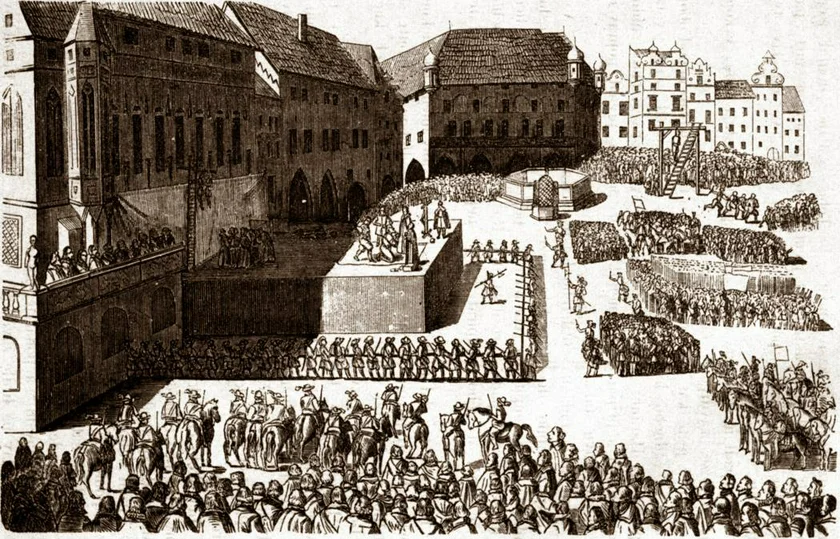
Popular illustrations from the time show a large stage with an execution block and a crowd of military units and the public, though these were made later based on written and don’t accurately reflect the scene. One in color, for example, has the stage in front of the Astronomical Clock instead of facing the main part of the square.
Despite the popular notion is that all the victims were beheaded, 15 were hanged either from a gallows near what is now Pařížská Street or a crossbeam attached to Town Hall window. The executioner was Jan Mydlář.
Details of the executions get a bit gruesome. Diplomat Ján Jesenský faced the harshest treatment for his role in convincing Hungarians to oppose the Habsburgs and also for writing a treatise justifying rebellion against tyranny. Jesenský’s tongue was cut out, among other punishments.
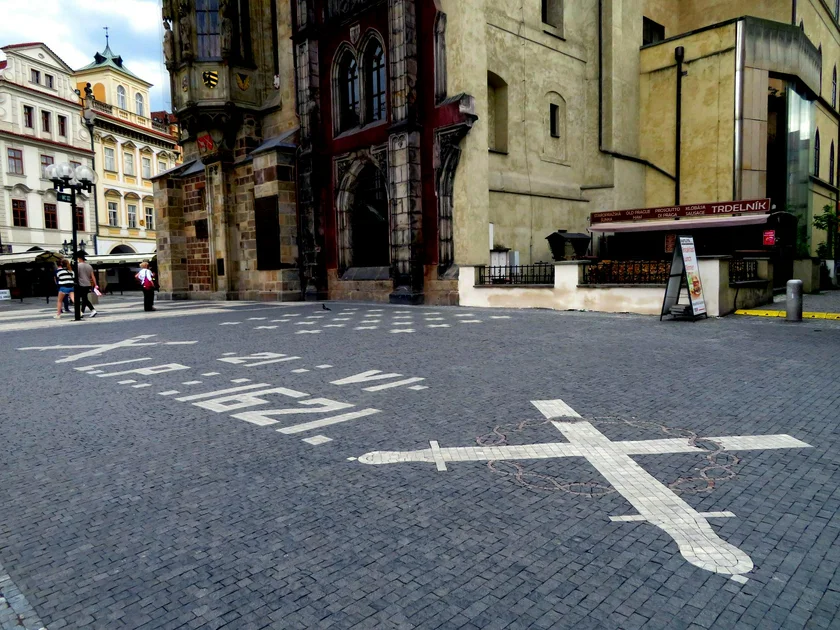
City clerk Mikuláš Diviš has his tongue nailed to the gallows for one hour but was allowed to live. He made a recovery and was able to speak again. City burgher Jan Theodor Sixt z Ottersdorfu was pardoned before the execution. Pavel Kavka z Říčan, perhaps due to bribery, had his sentence commuted to life in prison and was released in 1627.
Martin Fruwein z Podolí, who had been scheduled for execution, died on June 7 after jumping from a window at Prague Castle while trying to escape. Several other nobleman did manage to get abroad before they could be arrested.
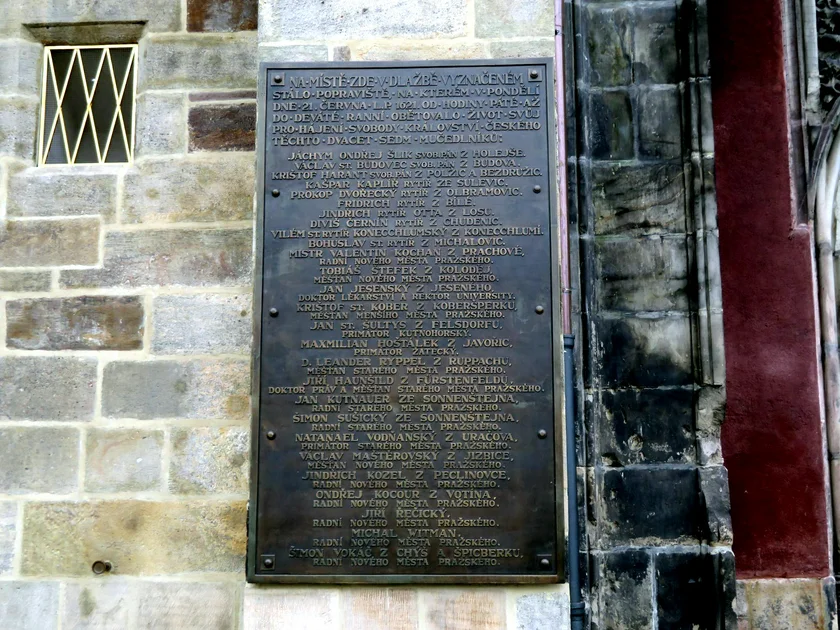
In most cases, the relatives of the executed people received only the headless bodies to bury. Heads of the three noblemen and seven knights plus Jesenský and lawyer Jiří Hauenschild z Fürstenfeldu were displayed in iron cages from two sides of the Old Town tower on Charles Bridge. The head of Jan Šultys was sent to his home town of Kutná Hora to be suspended from a tower there.
One head was removed from the Old Town Tower after a few couple of years due to pleas from a relative, but the other 11 remained until the Protestant-sympathizing Saxon army briefly overtook Prague. The iron cages and their contents were removed on Nov. 20, 1631, in a solemn public ceremony, with church bells ringing and choirs singing. The skulls were buried in a secret location so they could not be dug up and displayed again.
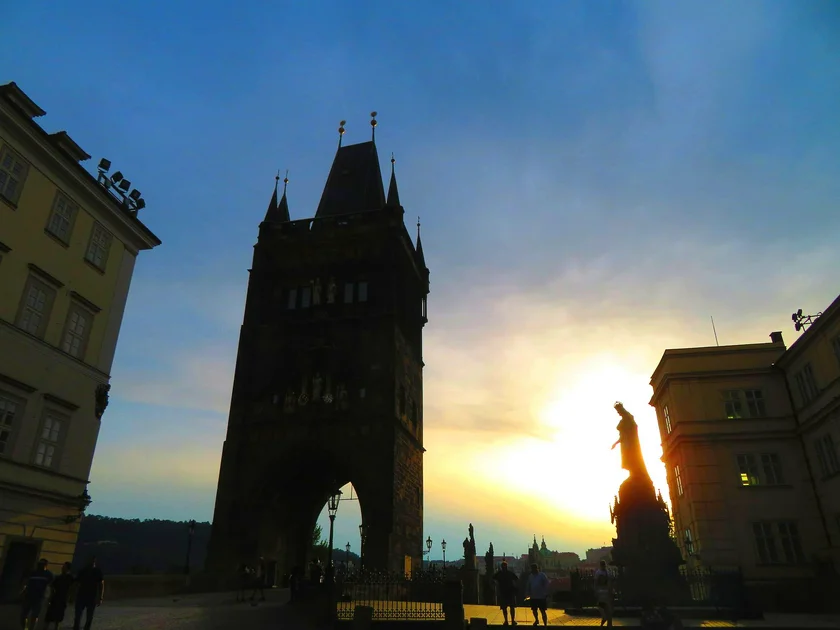
Their location remains a mystery, though it is suspected they are under the floors or in the walls of one of several Old Town churches – with Our Lady Before Týn (Chrám Matky Boží před Týnem) on Old Town Square and Church of the Holy Savior (Kostel Nejsvětějšího Salvátora), on the Old Town side of Charles Bridge, as the most likley suspects. A few cryptic clues including a note saying they were under a tower in a pavilion have turned up, but these have led to no discoveries.
Even though these events were 400 years ago, emotions still run high. There was strong opposition to the re-creation of a Habsburg victory column on Old Town Square as some Czech people see the post-White Mountain era as one of foreign oppression and occupation. The column, featuring the Virgin Mary, was finally put up in June 2020. A statue of Habsburg Empress Maria Theresa, also erected in 2020, faced opposition for the same reason. In November 2020, Prague 6 unveiled a conciliation cross on the site of the Battle of White Mountain.












 Reading time: 4 minutes
Reading time: 4 minutes 